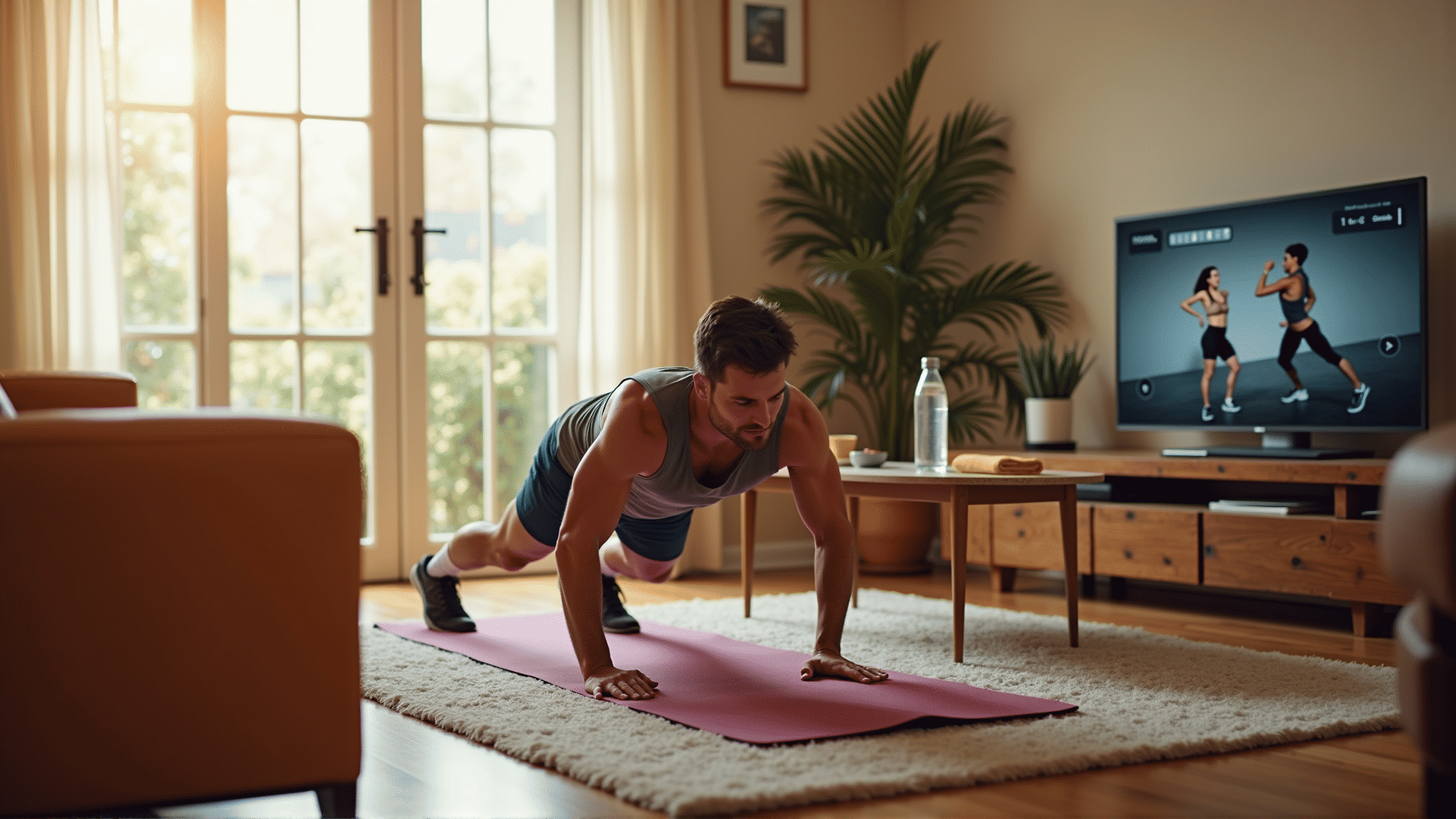In today's fast-paced world, finding time to visit the gym can be challenging. Equipment can also be costly, and not everyone has the space for a home gym setup. Luckily, no-equipment workouts offer an effective way to build strength and flexibility without the need for anything other than your own body weight. These workouts can be performed anywhere, making them ideal for those looking to maintain fitness on a tight schedule or while traveling.
The Benefits of No-Equipment Workouts
No-equipment workouts leverage the most powerful tool you have—your own body. By using your body weight as resistance, you can improve strength, endurance, flexibility, and balance. These exercises are not only convenient but also highly efficient. Since they require no equipment, you can seamlessly transition between movements, maintaining your heart rate and maximizing calorie burn.
Moreover, these workouts can be tailored to any fitness level, from beginner to advanced. Beginners can start with simpler variations, while more experienced individuals can increase the difficulty through modifications or by increasing intensity.
Core Components of a No-Equipment Workout
-
Bodyweight Exercises: This includes fundamental movements such as push-ups, squats, and lunges. These exercises are highly effective for targeting multiple muscle groups. Squats engage the legs and core, while push-ups strengthen the upper body, particularly the chest, shoulders, and triceps.
-
Functional Movements: Incorporate exercises such as planks, burpees, and mountain climbers. These movements not only improve strength but also enhance cardiovascular fitness and coordination, offering a full-body workout over a short period.
-
Dynamic Stretches: To improve flexibility and minimize the risk of injury, dynamic stretching should be a staple. Exercises such as high knees, arm circles, and leg swings prepare the body for more strenuous activity by gradually increasing heart rate and extending the range of motion.
-
Core Strengthening: A strong core is essential for overall fitness. Exercises like Russian twists, bicycle crunches, and leg raises target the abdominal muscles, helping to stabilize the body during other movements and improve posture.
Creating an Effective Routine
An effective no-equipment workout routine should balance exercises targeting all major muscle groups, ensuring a comprehensive workout. Start with a warm-up that includes light jogging or jumping jacks to get the blood flowing.
Follow with a circuit consisting of 6-8 exercises, focusing on different parts of the body. For example, you might do squats, push-ups, lunges, and planks, performing each for 30 seconds with short rests in between. Repeat the circuit 2-3 times for a complete session.
Progression and Consistency
Progression is key to seeing improvements. Initially, you might perform each exercise for a set time or number of repetitions. As you become stronger and more comfortable, gradually increase the duration or intensity by completing more repetitions, reducing rest time, or trying more advanced variations of each exercise.
Consistency is crucial in any fitness regimen. Aim to incorporate no-equipment workouts at least 3-4 times a week for optimal results. Pair these sessions with a balanced diet and proper hydration to further enhance strength and flexibility gains.
Conclusion
No-equipment workouts provide an accessible, cost-effective, and versatile option for anyone looking to improve their fitness levels. By utilizing bodyweight movements, you can achieve a challenging and rewarding workout that fits seamlessly into your lifestyle, no matter your fitness level or location. With dedication and consistency, you will see significant improvements in both strength and flexibility, all while experiencing the convenience and effectiveness of no-equipment training.
